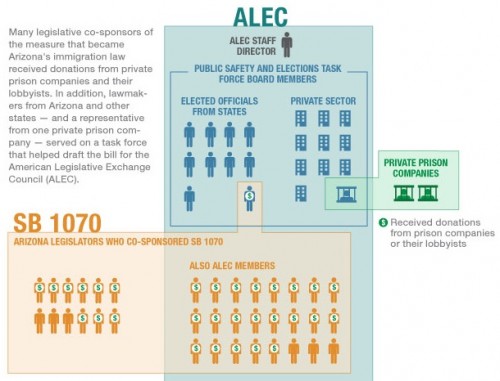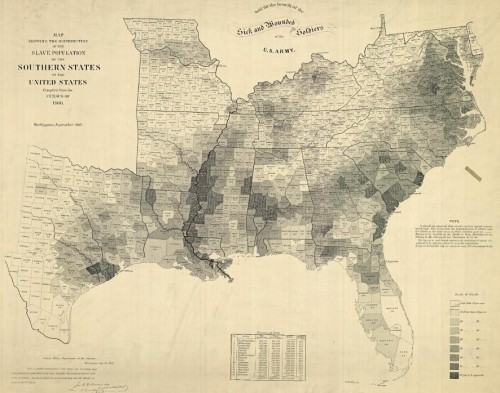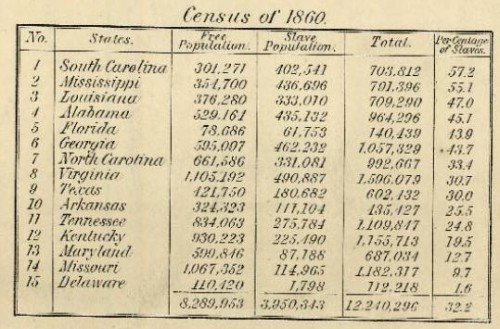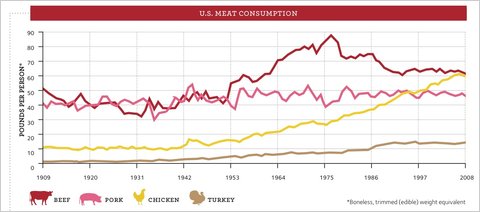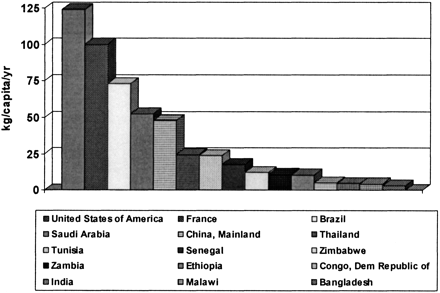Jordan B. sent in an interesting observation about the current advertising at Diesel. Many of the ads feature varying skin tones, but the darker-skinned models appear to always be male, while the women appear to always be lighter-skinned. Two ads:

Jordan thinks that Diesel is following American cultural rules that gender race and racialize gender. For example, if I may quote myself:
According to American cultural stereotypes, black people, both men and women, are more masculine than white people. Black men are seen as, somehow, more masculine than white men: they are, stereotypically, more aggressive, more violent, larger, more sexual, and more athletic. Black women, too, as seen as more masculine than white women: they are louder, bossier, more opinionated and, like men, more sexual and more athletic.
I’ll let Jordan finish the thought:
This is why Diesel’s selection of a black man and light skinned women makes sense for their ads. By choosing a black man, men everywhere will want to identify with the hyper-masculinity our society has attributed to them. Similarly, by choosing a light-skinned woman, Diesel is selecting the type of women our society has put on a pedestal.
For more, see our posts on asymmetry in interracial marriage, how Asian women are marketed to white men, and data on race and response rates on a dating website.
Lisa Wade, PhD is an Associate Professor at Tulane University. She is the author of American Hookup, a book about college sexual culture; a textbook about gender; and a forthcoming introductory text: Terrible Magnificent Sociology. You can follow her on Twitter and Instagram.


